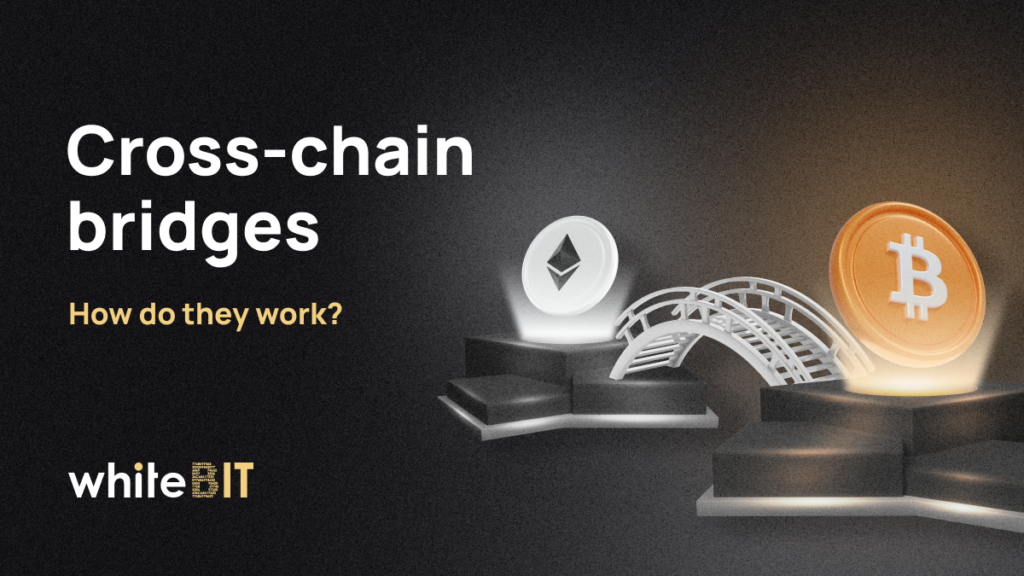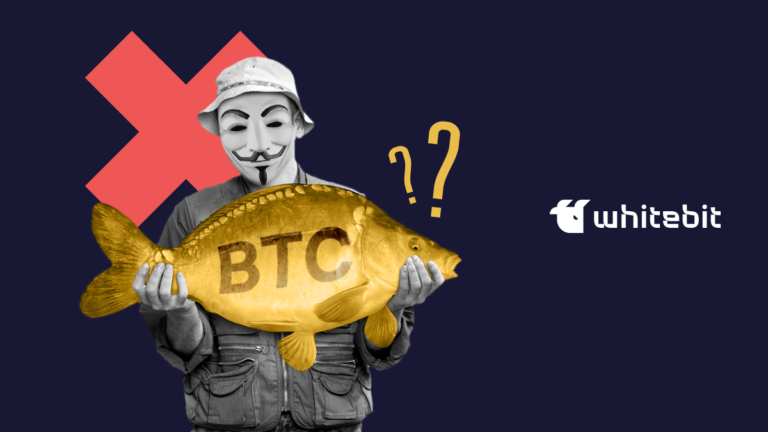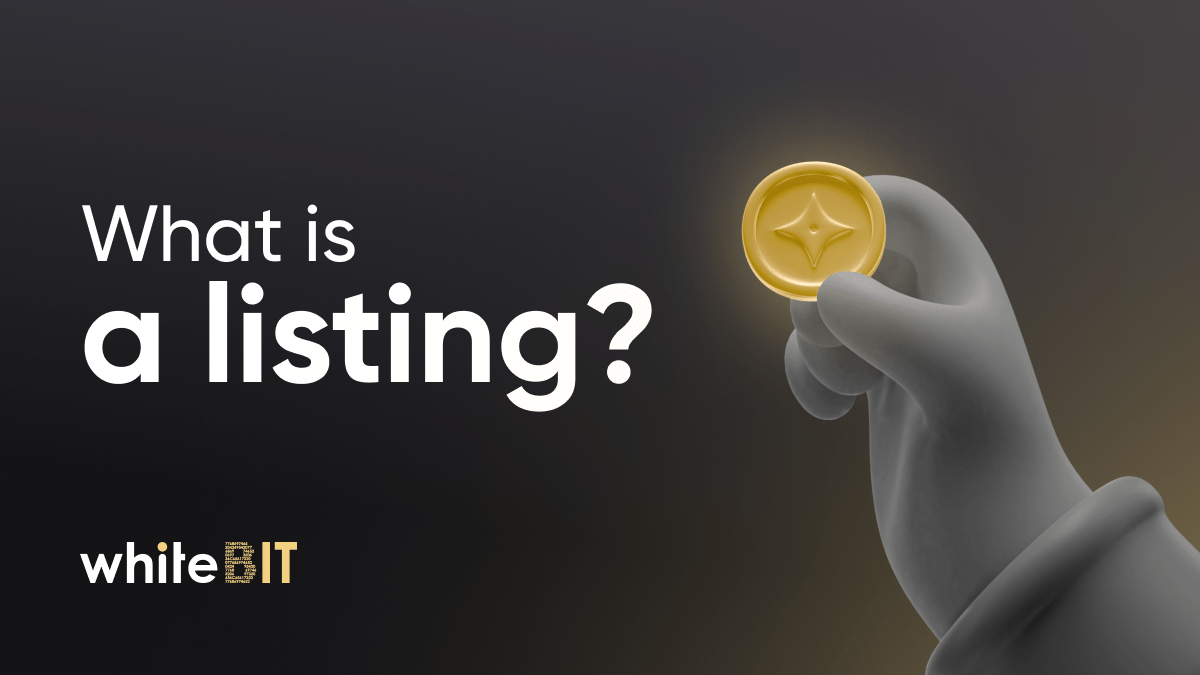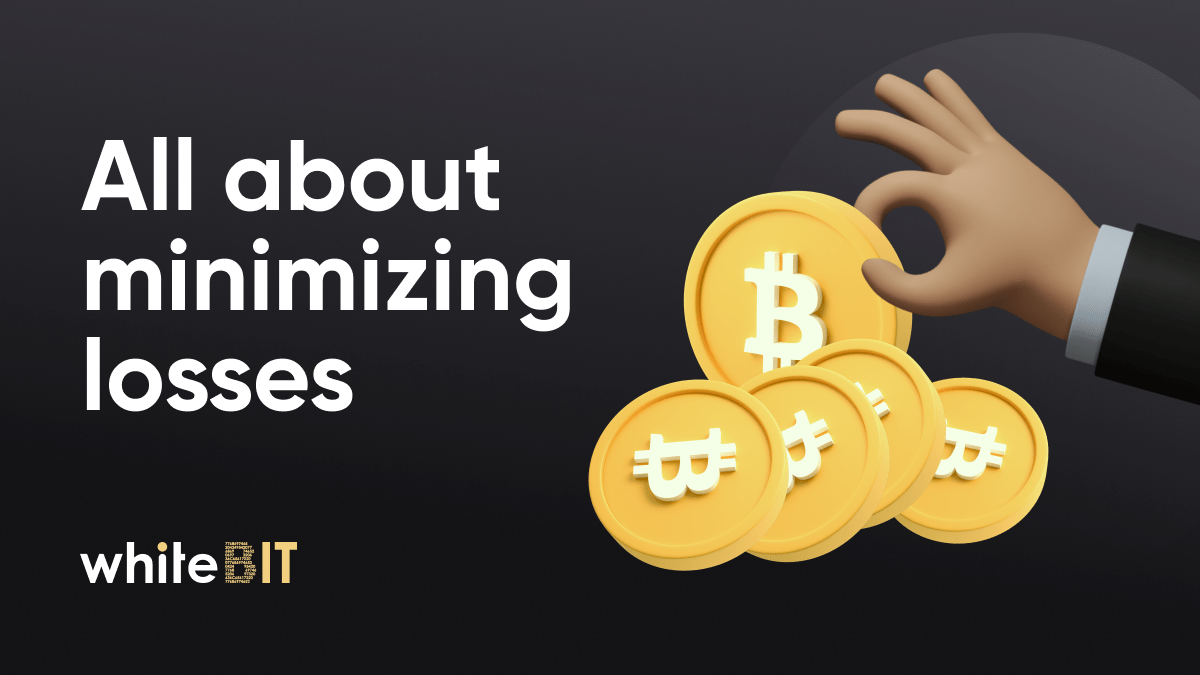Cross-chain Bridges: How They Achieve Blockchain Compatibility

Content
Over the past couple of years, the number of different layer 1 and layer 2 blockchains has increased significantly. Each of these networks is unique, works according to its algorithms, and differs from others in characteristics. Therefore, smart contracts and tokens from one blockchain cannot be directly transferred to another. However, this compatibility problem can be solved by cross-chain bridges. We will tell you about them in this article.
Cross-chain bridges and their benefits
Cross-chain bridges are decentralized services that allow you to transfer assets and data between different blockchains or layer 2 scaling solutions.
The bridges are useful for users for a number of reasons:
- flexibility – users are not limited by the capabilities of only one blockchain but can take advantage of others;
- scalability – bridges connect the main and secondary chains, distribute a load of transactions across the network, and thereby improve its scalability;
- efficiency – users can move assets to higher-performing blockchains and conduct faster transactions with low gas fees.
The presence of cross-chain bridges opens up new opportunities for DeFi and DApps, allowing them to combine the use of different blockchains and take the best from each.
How the bridge between blockchains works
Since it is impossible to transfer an asset from one network to another directly, cross-chain bridges often use the freeze and reissue mechanism.
For example, a user wants to transfer their token from Ethereum to the Solana blockchain. To do it, they send the token to a special address on the Ethereum network, where it is frozen. At the same time, a copy of the token is created in the Solana network. Its value is tied to the value of the original one. This process looks similar to a transfer, although the original token did not actually leave its network.
To “return” to the original blockchain, a token’s copy on Solana is burned, and the asset on Ethereum is unfrozen.
How to transfer assets using liquidity pools
Another way to transfer assets is through a cross-chain bridge with liquidity pools. Let’s say a user wants to transfer ETH to the BSC network. To do it, they send ETH to one pool of the bridge and receive bscETH (analog of ETH in the BSC network) from another one.
For example, on the THORChain platform, ETH will be replaced with a RUNE token of equivalent value in the first liquidity pool, and the second pool will replace RUNE with bscETH. The reverse exchange is carried out according to the same principle.
Prospects for cross-chain bridges
Since blockchain technology is constantly evolving and more and more innovative or specific projects are born, it is unlikely that one blockchain can become dominant and replace others. Because of many competing networks, there is an increasing need for cross-chain bridges that can connect different blockchains. Therefore, this direction remains and will be promising.
Conclusion
Summing up, cross-chain bridges are useful tools for transferring assets and data between different blockchains and layer 2 scaling solutions. They solve the problem of compatibility and open up new horizons of possibilities for users.








